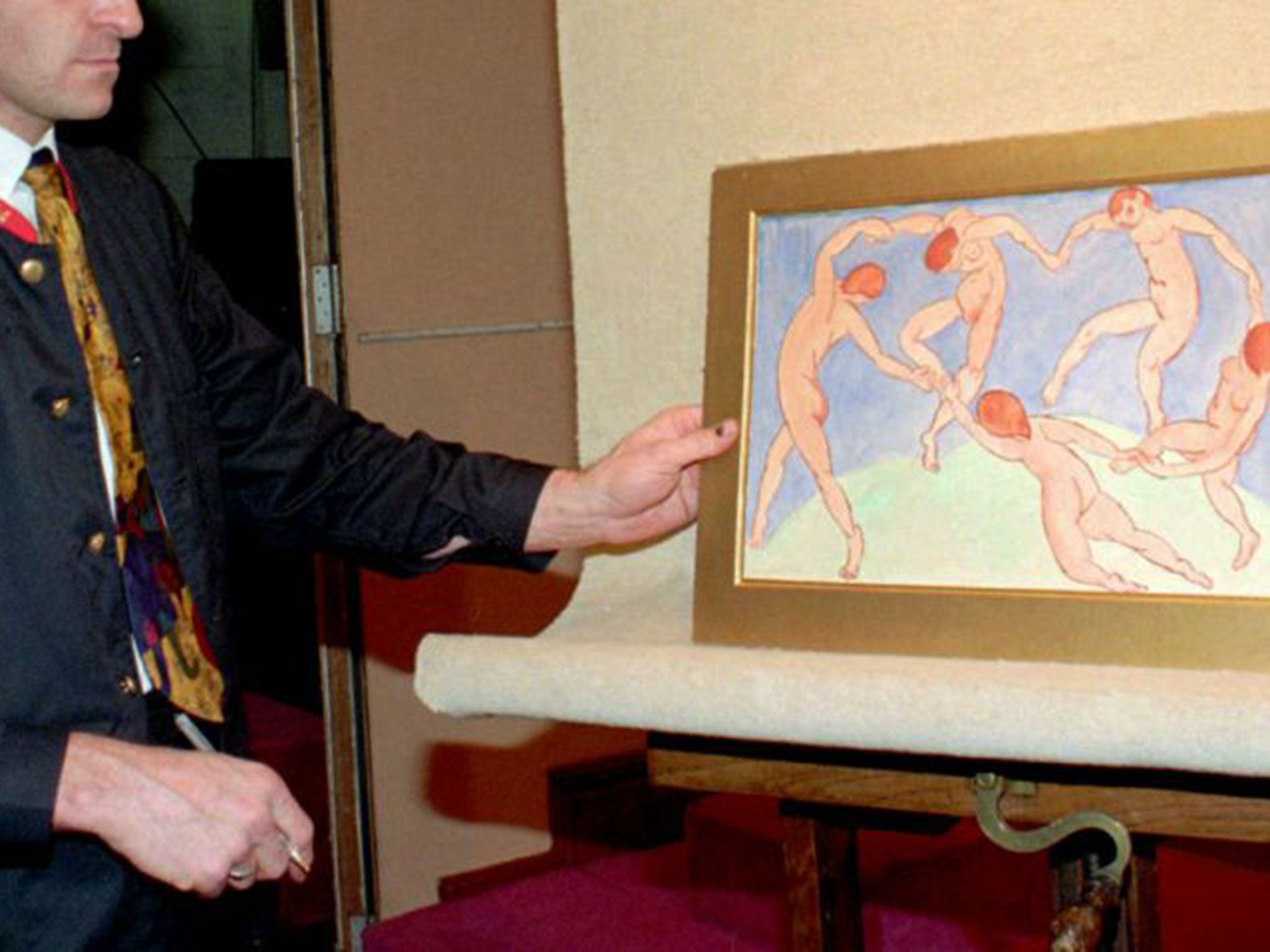Paris auction house staff in the dock for 'vast art theft scheme' - including a Chagall painting
The practice of 'stealing from the dead' - removing artefacts during house clearances - has been widespread in the French auction world for decades

Your support helps us to tell the story
From reproductive rights to climate change to Big Tech, The Independent is on the ground when the story is developing. Whether it's investigating the financials of Elon Musk's pro-Trump PAC or producing our latest documentary, 'The A Word', which shines a light on the American women fighting for reproductive rights, we know how important it is to parse out the facts from the messaging.
At such a critical moment in US history, we need reporters on the ground. Your donation allows us to keep sending journalists to speak to both sides of the story.
The Independent is trusted by Americans across the entire political spectrum. And unlike many other quality news outlets, we choose not to lock Americans out of our reporting and analysis with paywalls. We believe quality journalism should be available to everyone, paid for by those who can afford it.
Your support makes all the difference.Members of a closed society of porters at France’s oldest auction house have at last gone on trial, accused of systematically pilfering bric-à-brac and art works including a Chagall painting.
The trial of the cols rouges (red collars, after the uniform) threatens to expose the dark underside of the Paris auction world; 49 members of the private club which has monopolised portering at Drouot for 180 years are accused of stealing tens of thousands of objects. Police recovered 250 tons of pilfered property, ranging from household appliances to antique furniture, diamonds, sketches by Pablo Picasso and paintings by Gustave Courbet and Marc Chagall.
The items, found in a warehouse in the Paris suburbs, also included a trunk of the personal memorabilia collected by the celebrated French mime artist, Marcel Marceau, before his death in 2007. Most of the 49 porters on trial admit the accusations of conspiracy to steal and to handle stolen goods. Some deny the charges. Four auctioneers are accused of knowingly selling stolen property and deny the charges. Drouot has denied any knowledge of the alleged thefts.
Over the next three weeks, the prosecution will allege that a long-standing system of small-scale theft by some porters became a “co-operative of crime”. Objects would vanish when the porters cleared the homes of wealthy people after their deaths. If their heirs complained, the missing item would mysteriously reappear.
One of the porters is alleged to have said this was regarded as harmless, because it amounted to “stealing from the dead”; an open secret in the French auction world for decades. Problems arose when some porters extended the practice from relatively worthless items to valuable works of art. In February 2009, an anonymous caller contacted a French police unit that investigates art thefts. He said that a canvas by the 19th-century artist Gustave Courbet, supposedly lost in 2003, was about to be sold by a red collar for €100,000.
Phone taps are then alleged to have uncovered a network of theft. An investigating magistrate, Ann Bamberger, in her report, spoke of a “near-mafia” system and a practice which had become “habitual, even institutional”.
The red collars are also known as the Savoyards. Entry to the society has been monopolised by men from the Alpine region of Savoy since the 19th century. The territory was ceded to France in 1860, under the Treaty of Turin.
Join our commenting forum
Join thought-provoking conversations, follow other Independent readers and see their replies
Comments